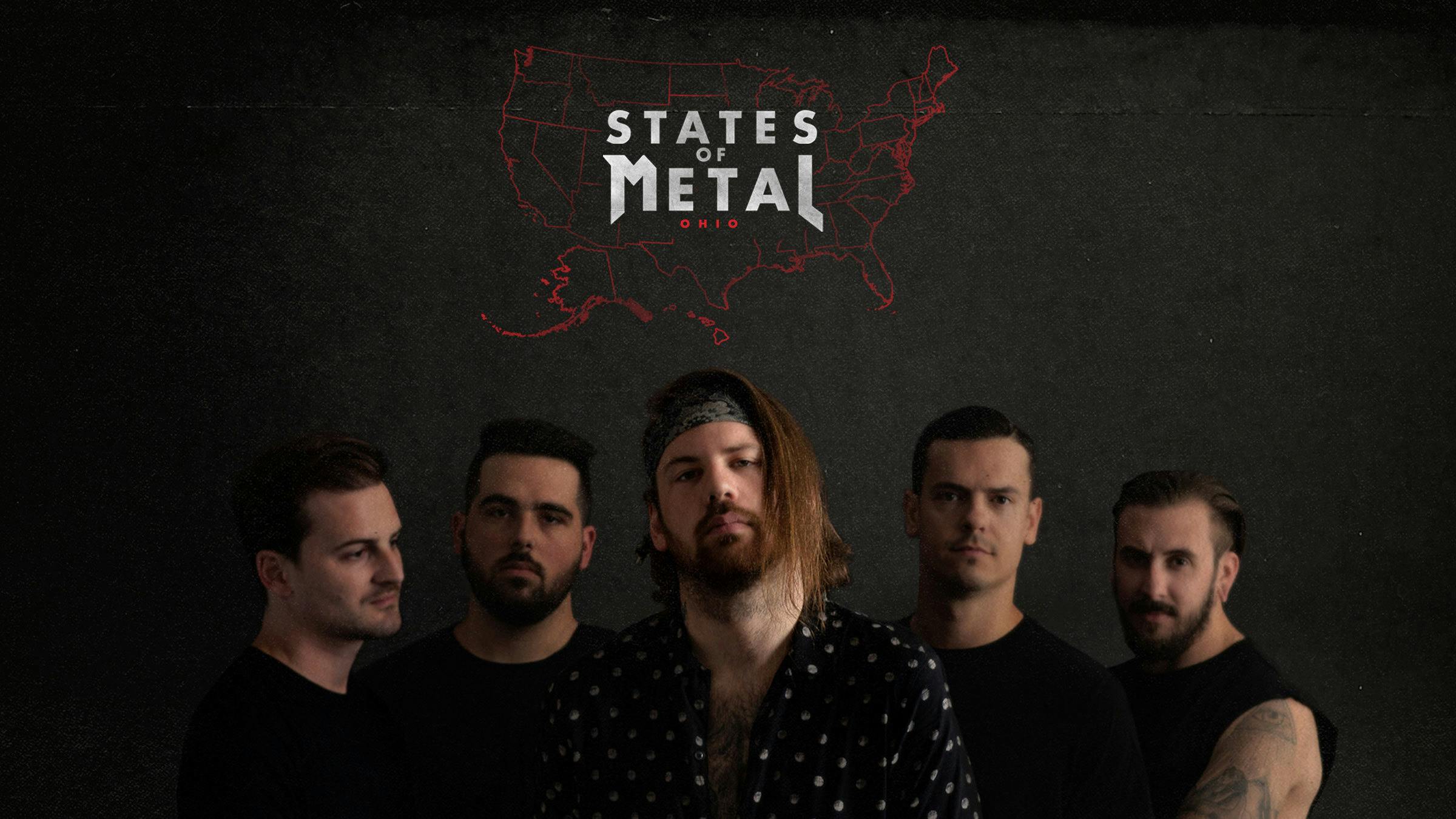Above: Ringworm
“Cleveland had a very tiny local music scene at that time,” recalls Dwid Hellion, the vocalist and sole remaining original member of Integrity. Dwid was born in Indiana and then spent his early teens in Louisville, Kentucky, attending local punk shows before moving to Ohio at age 16. That same year, he took up the microphone in hardcore band Diehard, which later became Integrity. He name drops False Hope, Outface, Confront and Domestic Crisis as early peers. “It consisted of only a few local bands. [...] A couple of those bands may have had demo tapes, but none of the local bands had records until much later on.”
“There was a bunch of house party-type shows, where we'd see a lot of punk or metal bands in someone's basement or in a backyard,” says Human Furnace, vocalist of Ringworm, who also began attending local shows at the same time. He lists The Guns, Hyper As Hell, Confront, False Hope and Cleveland’s Terror as early bands he witnessed. “Those were whirlwinds of beer, broken glass, raging bonfires and mosh pits. Once I started going to local punk and metal shows in ‘legit’ venues around ‘87-’88, it seemed like I was at a show three times a week -- I probably was.”
Dwid, Human Furnace and others grew into integral local musicians, and kept the art of riffs alive in Cleveland, and paved the way for bands like Chimaira, Beartooth, and Midnight today. And while Ringworm, Integrity and their peers aren’t carbon copies of one another -- Dwid insists that he doesn't believe there is a single Cleveland ‘sound’ -- they share a bleak and bitter attitude, one which has its roots in the social landscape and economy of Ohio.
